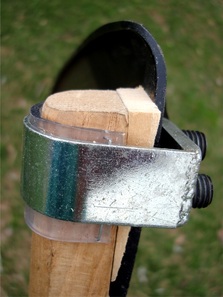 If the tang angle on your scythe blade is too high, it can be compensated for by adding a wooden wedge, in between the snath and the tang of the scythe blade. This has the equivalent effect of reducing the tang angle of the blade. It can also be very useful for fine-tuning the lay of the blade, when you are using a hook-nosed scythe blade, like the 2010 model that I sell. If you are having trouble with the hook-nosed tip catching and digging into the dirt, adding a small wooden wedge like this, can correct the lay of the blade so that it glides smoothly over the ground. I include one of these wooden wedges with every 2010 blade that people order from me, but you can easily make your own, and even make a variety of sizes, for a very fine-tuned, customized lay of the blade. 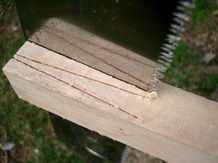 Using a bandsaw is probably the easiest way to make these wedges, but if you don't have one, you can also saw them out by hand. Pictured here is a piece of maple that I salvaged from a shipping pallet. I am sawing with a Japanese pull-saw. If you cut an assortment of angles, you will have a range of thicknesses of wedges, to use to fine-tune the lay of your blade. This can be especially handy when you have a very long and skinny blade, like 95cm grass blade. It's best to cut the wedges a little too long at first. Then place them in position, and mark the correct length with a pencil. Then remove the wedge and saw it to length. If the wedge is a little too thick, it can be pulled out a little, to fine-tune the lay.
It is nice to have a variety of different thicknesses of wedges on hand, especially if more than one person uses the scythe, or if you have several different lengths of scythe blades. The longer the scythe blade, the more critical the lay becomes, and having different thicknesses can help you fine tune it just right. Long, skinny blades can be especially touchy. Skinny blades have very little belly curve, if any, and can need further fine tuning for different mowing conditions. To finish the wedge, my youngest daughter used to enjoy sanding them smooth for me, and then to rubbing them with a white candle, to waterproof them. It was similar to a project that she had done at her Waldorf pre-school, I think. These are still my favorite wedges. They slide in place effortlessly, yet stay firmly in place, and don't swell when wet. Alas, she no longer has enthusiasm for this project, so I have to finish my own wedges now.
1 Comment
4/29/2011 01:15:18 am
Toujours de très bon conseils techniques agrémentés de photos suberbes
Reply
Your comment will be posted after it is approved.
Leave a Reply. |
Botan AndersonArchives
March 2023
Categories
All
|
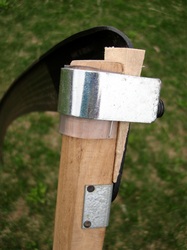
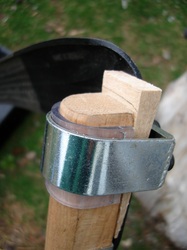

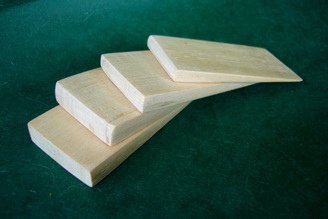
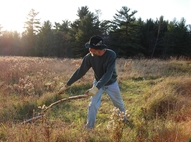
 RSS Feed
RSS Feed